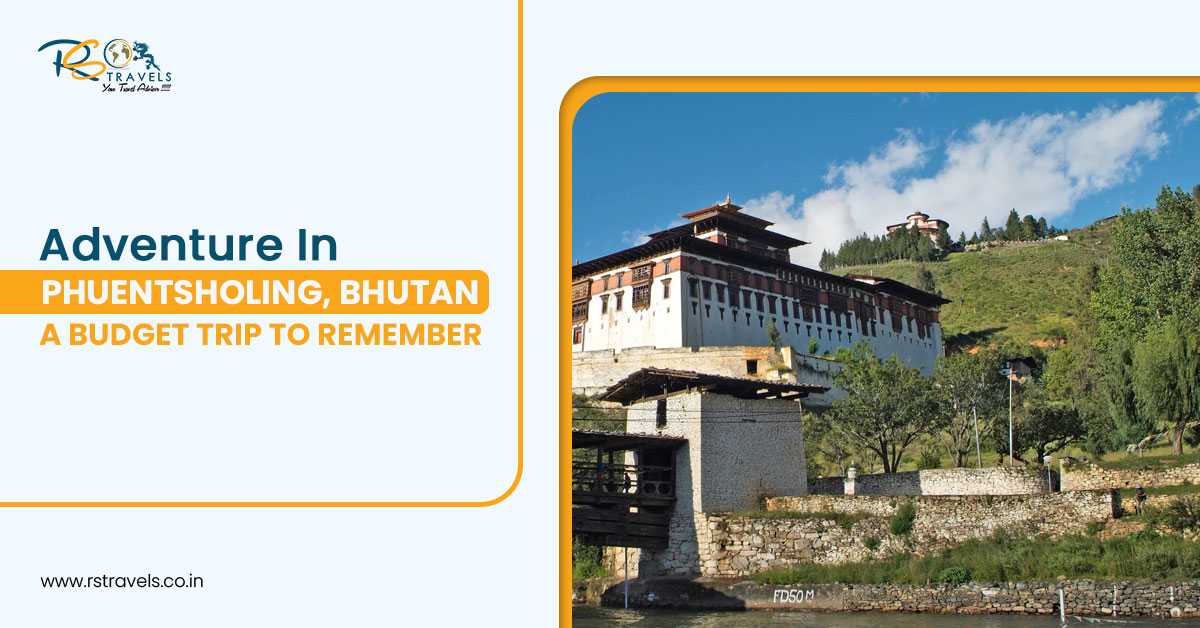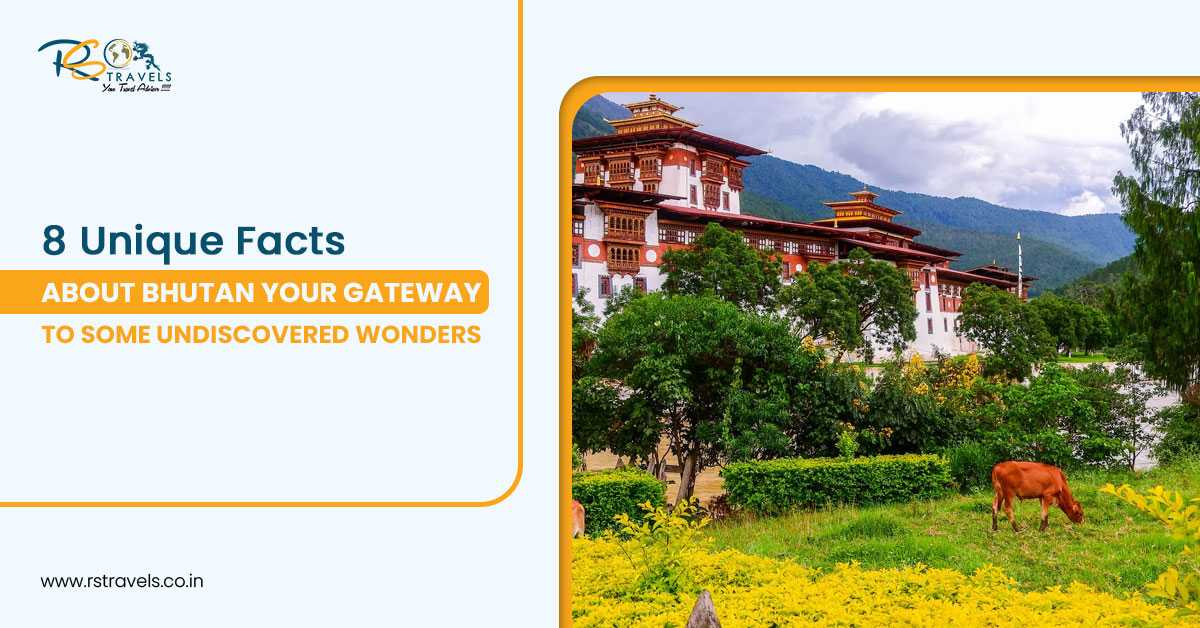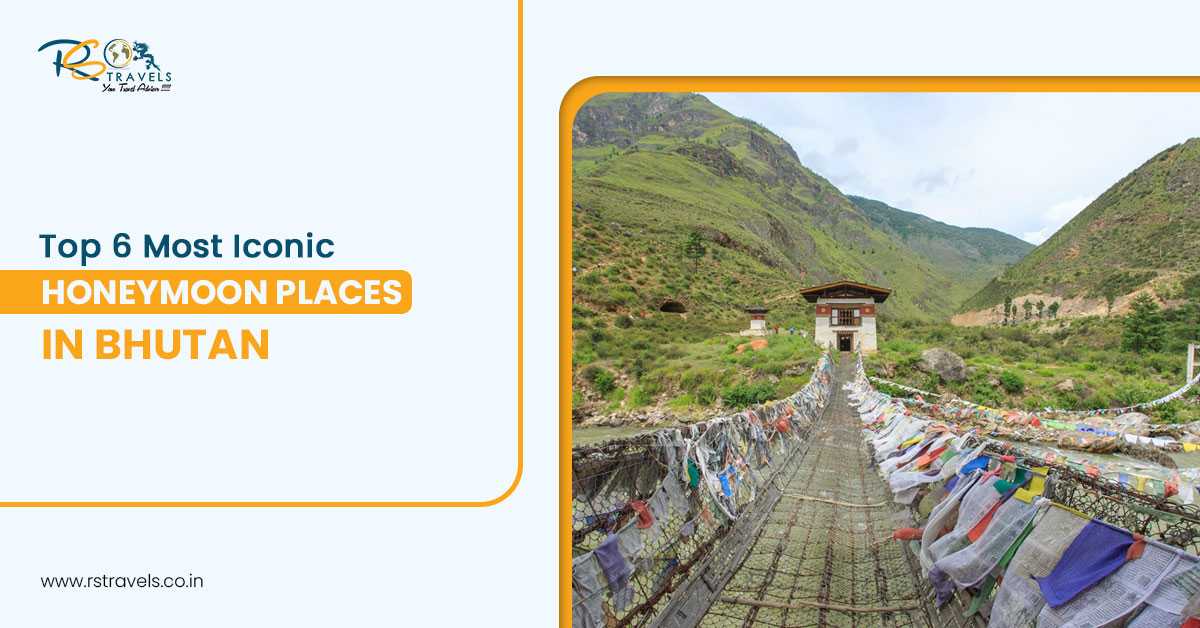Bhutans early history is nearly impossible to portray with any precision, given that the past natural disasters have destroyed shreds of evidence but still, the country we all know by now is regarded the only existing Buddhist kingdom in the world. Legend has it that Buddhism was first introduced in the country in the 7th century and today, we all know that Bhutan is a deeply religious country; it can be clearly seen through all the facets of Bhutanese life. It is the only country in the entire Asian sub-continent where everything right from the architecture, landscape, arts and even politics are shaped by religious beliefs. Well, the chronicle history of this Buddhist kingdom started in the 7th century with the arrival of Guru Padmasambhava, also known as Guru Rimpoche and referred to as the second Buddha in Bhutan. It is for his teachings that laid the foundation for one of the unifying forces in the development of Bhutan. He is also accredited with the founding of the Nyingma lineage, also known as the Mahayana Sect of Buddhism which became the dominant religion of Bhutan during that era. Before the advent of Buddhism, bonism was widely practiced and the protector deities from all places, communities, and clans played a very important role in spreading the Bon religion. but their thoughts and beliefs differed from place to place, they were never the same until the great saint, Guru Padmasambhava showed up.
An era of a new beginning- presenting Guru Padmasambhava
There are no records to prove that where the famous saint Guru Padmasambhava was born and to which parents, he just materialized on the top of a lotus flower one fine day. Much handsome and impressive as a child, the king of the residing kingdom adopted him as his son and was also made the crown prince. As he grew up, there came a point in his life where we can relate him to the inevitable Buddha, Prince Siddhartha. He could foresee several things that were to happen. Later when he realized that in the grab of a prince, he could never find out the arduous meaning of his life, he decided to undergo such an act which could indeed lead him to banishment. After setting himself free, he traveled to many places like Nepal, Tibet, and it is also believed that he must have been in Nepal when he got the invitation from the ailing King of Bumthang. Sindhu Raja, the powerful King of Bumthang had lost his several chieftains along with his son while feuding against his strong rival Indian King of the South. He was so disturbed by the incident that he ordered the desecration of all the temples dedicated to the chief deity and protector of Bumthang, Sheling Karpo. Having been disregarded by the King, Sheling Karpo performed several rituals which brought the Raja close to death. Being unable to find an antidote for the debilitated health of the king, one of his counsels sent an urgent appeal to Guru Rimpoche requesting him to save the Raja with his supernatural powers. Accepting the request which the Guru already knew, he arrived at Bumthang.
The firm inception of Mahayana Buddhism in the Dragon Kingdom-
Guru Rimpoche meditated on a spot leaving his body imprint; the place is now known to be Kurjey Lhakhang. There was a great recovery in the health of the King then. After getting over with the sickness, Sindhu Raja offered his daughter, Tashi Khuedon to the Guru but instead, he sent her to fetch water in the golden ewer. While she was away, Guru Rimpoche transformed into eight manifestations and together they started to dance in the field by the temple. Every deity, except Sheling Karpo, showed up in the area to watch the spectacular dance. Later when the princess returned after fetching water, the Guru transformed her into five beautiful princesses each with a golden ewer emanating golden sunlight. Feeling tempted by the radiating light, Sheling Karpo appeared as a snow lion which was immediately recognized by the Guru. The Guru himself transformed himself into a giant eagle, a Garuda and subjugated the lion. The defeated lion thus gave back the life back to Sindhu Raja and was also made to pledge to be the protector deity of the Buddhist religion. This event marked the beginning of the Dharma taking root in Bhutan, both the rival kings converted into Buddhism and Guru Rimpoche was allowed to preach Buddhism in their respective kingdoms. In order to seal the agreement, the Guru planted his staff in the ground at the temple of Bumthang and till date, its cypress tree descendants continue to grow and tower over the area at Kurjey Lhakhang. The two religious monuments of Jampa Lhakhang in Bumthang and Kyerchu Lhakhang in Paro, which are believed to have been built by the Tibetan Emperor Srongtsen Gampo marks the first sign of Buddhism in Bhutan. The lotus born saint Guru Padmasambhava, exactly knew that Buddhism would flourish and prosper in nowhere else but Bhutan, the mountainous and remote kingdom hidden in the inner Himalayas. So, now we know how Buddhism was first introduced in Bhutan by Guru Rimpoche but what we often forget is the divine connection between Guru Rimpoche and Sindhu Raja. If history fascinates you and you want to get deeper into its culture and religion make your way to this secluded kingdom by availing tour packages to Bhutan.





